Some car makers talk about making an ‘and’ car. It’s a handy if glib marketing phrase that suggests they’re capable of building cars with combinations of characteristics that you wouldn’t necessarily expect.
Comfortable and agile. Fast and economical. Rakish and practical. That sort of thing.
This new Porsche Cayenne Turbo and just-revised Range Rover Sport SVR, mind, are something else again. ‘And’ doesn’t quite do it justice. The plan is to take the most practical of all family vehicles – large SUVs – and throw the absolute works at them. Not to make them ‘and’ cars, but ‘everything’ cars; to be practical family cars that are also luxury cars and sports cars, which will go farther off road than you could imagine, will tow more than you could ever need to tow, be faster than most GT coupeÃs and cosset you wildly while not looking like airport limos.
If you want a four-wheeled allegory for modern life – I want absolutely everything, please, and I want it now – these two are the leading edge of it.
The main reason for getting the two together is that the Cayenne is new. It’s another full-size SUV to sit on the Volkswagen Group’s increasingly ubiquitous MLB hybrid steel and aluminium platform, which also underpins the Audi Q7, Bentley Bentayga, Lamborghini Urus and Volkswagen Touareg.
In this range-topping Turbo form it costs all but £100,000, with power coming from a 4.0-litre twin-turbocharged V8, mounted in the front and driving all four wheels through an eight-speed automatic gearbox.
The front-to-rear torque transfer can be split, via a system of clutches. Air suspension is standard, optional is a 48V active anti-roll bar system, which can couple or decouple, adapting its stiffness in rapid time, depending on whether you want to eliminate body roll, or, say, allow more wheel articulation. The engine makes 542bhp and 567lb ft, the latter from 1960rpm. Granted, the kerb weight, partly as a result of all the above, is 2175kg, but in terms of hardware, few cars come more over-equipped.
One of them might be the Range Rover Sport SVR, the product of Jaguar Land Rover’s Special Vehicle Operations (SVO) division. At its launch in 2014 the Sport SVR also came with 542bhp from its 5.0-litre supercharged V8, but it seems that wasn’t enough. So here it is, post-facelift, with modest mechanical changes but, significantly, 567bhp and 516lb ft, the latter an increase of 14lb ft but developed from 3500rpm, such is the nature of supercharging rather than turbocharging.
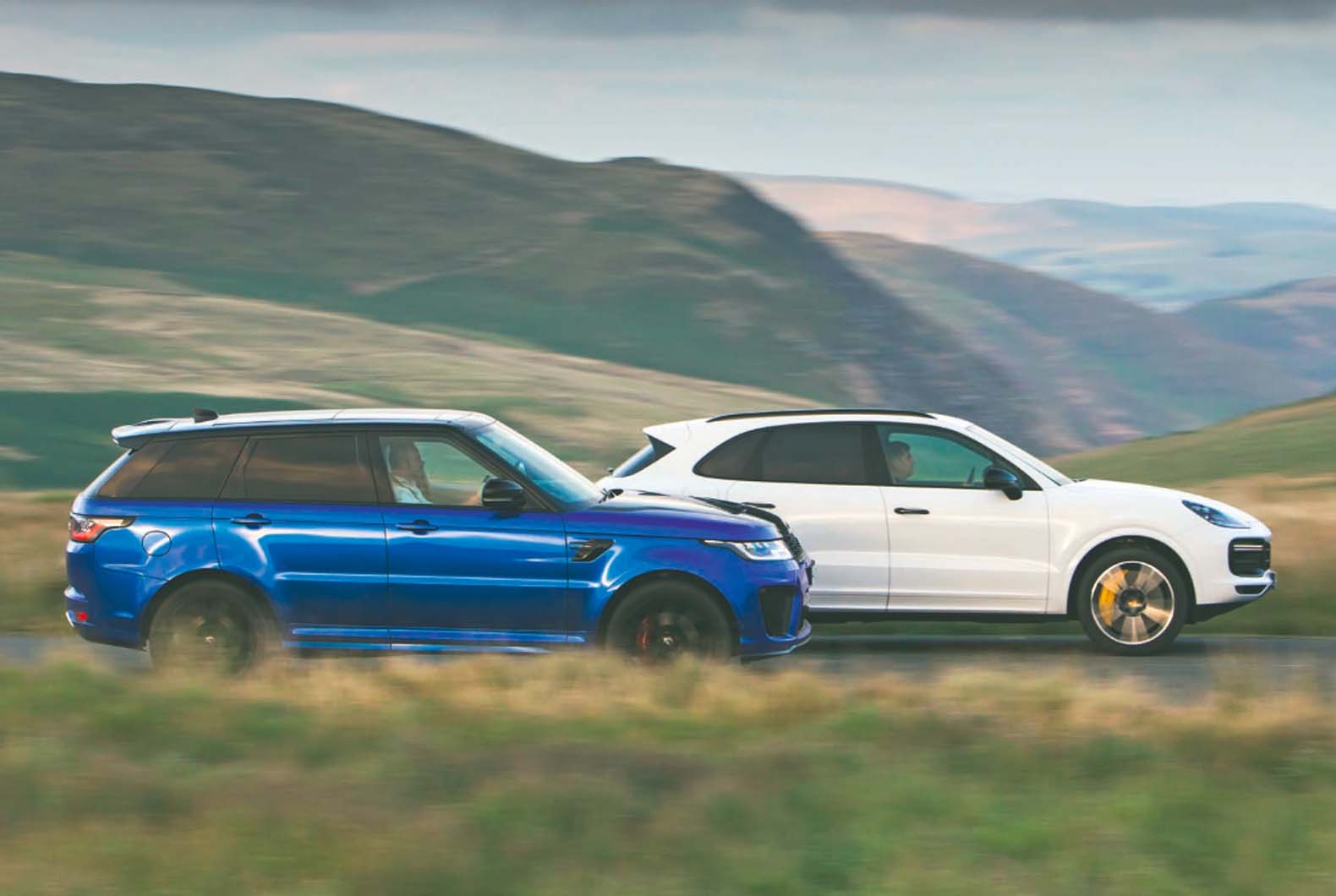
The remaining hardware and methodology are similar to those of the Porsche. There’s an eight-speed auto and a four-wheel drive system which mostly offers a 50:50 front-to- rear torque split, although clutches in the centre diff can send 100% of the drive to either axle. There’s a locking rear differential (standard, unlike the Porsche), air springs and a standard active anti-roll bar, although its hydraulics aren’t 48V-powered. The towing limit is a mere 3000kg, to the Cayenne’s 3500kg, but it gets a set of low-range ratios and is likely more capable in mud, although this isn’t the test to prove it.
The SVR, from £101,145, costs a bit more than the £99,291 Porsche, but by the time you’ve got them mechanically closer to identical things have shifted the other way. Swings and roundabouts, really: even at this rarefied level of vehicle purchase, things are perilously close between competitors.
Until it comes to – whoa! Would you look at that bonnet. The Range Rover Sport has long been a canvas for – how to put this delicately? – some of the world’s more outlandish vehicle aesthetics companies, so Range Rover has decided to grab a spot of the action itself. No doubt the carbonfibre bonnet makes a tremendous contribution to weight- saving on this 2310kg (before options) car, and if you want to show it off, you can do, by leaving it unpainted for an additional £6225.
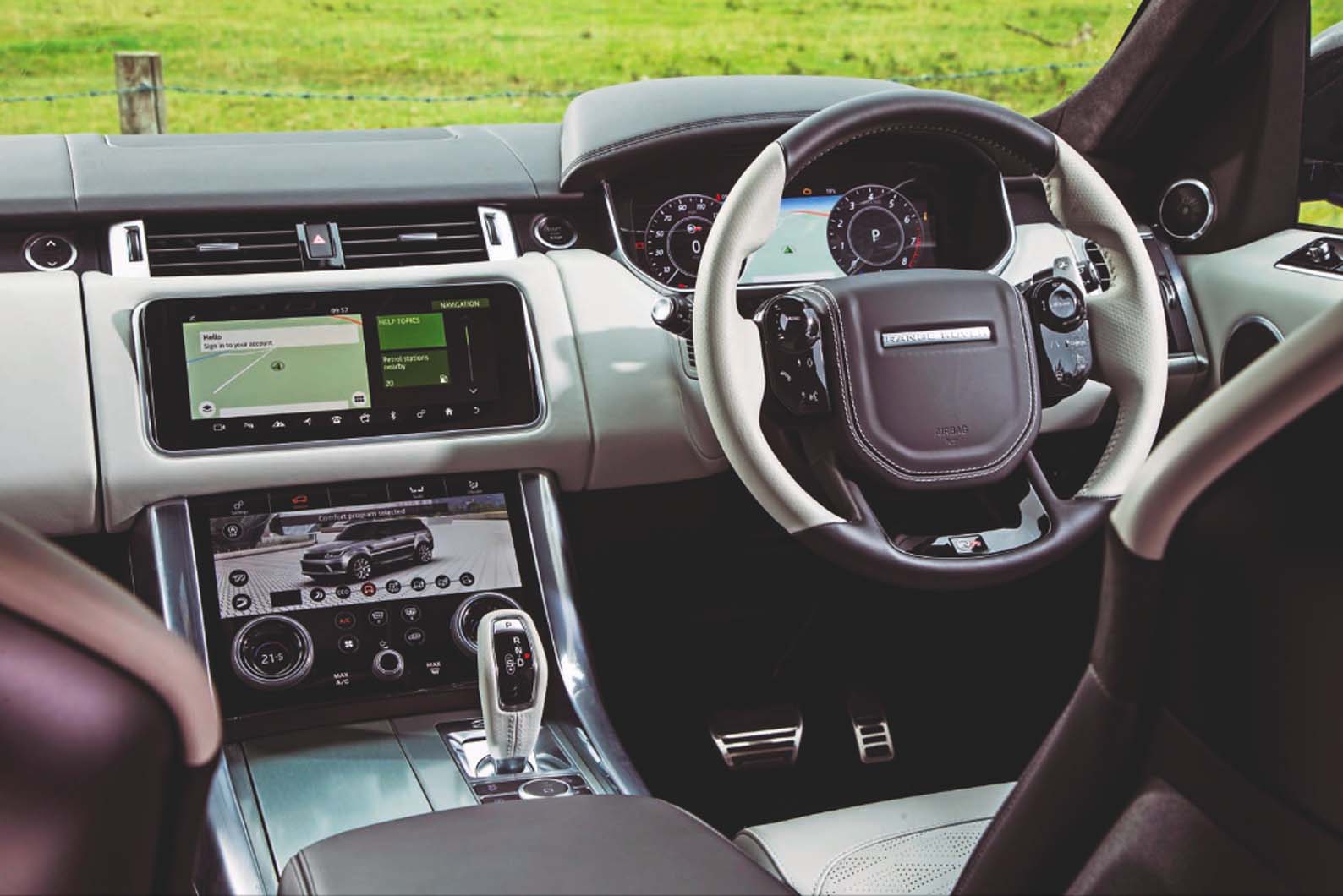
I’m not sure I would but, then, look, I’m just not sure I would about so many things on these cars.
Or so I thought, at least, before climbing into a Cayenne early one morning and driving it the width of the country so this test could begin. The Cayenne’s interior is relatively understated, like its outside, but there are tremendously supportive seats, a hugely adjustable driving position and a raft of touchable instruments and controls waiting to have your sticky fingerprints all over them.
Honestly, you could write a six-page comparison test on these cars’ infotainment systems alone, although whether you’d want to read it is another matter. I admire Porsche for retaining an analogue rev counter front and centre, presumably as your daily reminder that it is still sports car company. It’s flanked by digital dials to show pretty much whatever you want, except the radio station, apparently, and there’s a vast central touchscreen which, like a lot of VW Group systems, is of the ‘good but not quite as good as BMW’s’ standard in its operation. And silencing the sat- nav should never be quite so many clicks away.
On the transmission tunnel is an array of tactile-feedback buttons, some of which are obscured by the gearlever, but as a space to spend time, it’s terrific – to which four easy hours from dawn on a grey summer’s morning are testament. The Cayenne is a large car – 1983mm across the body and 4926mm long – but with a relatively high vantage point and good visibility, it rarely feels that big.
The engine and transmission response, if left in their normal modes, can be lethargic in town. Such is the face of meeting emissions regulations, presumably. So I find myself occasionally snatching downshifts on the approach to roundabouts, to be in the right gear to pull out, and pre-empting a gap in traffic by lifting off the brake to re-engage a stopped engine a second or two before the system does by itself. You can’t single out Porsche for these characteristics, because it’s true generally – in the days before cars cut out as you were slowing, when they didn’t attempt to maintain as high a gear as possible, they were easier to drive smoothly.
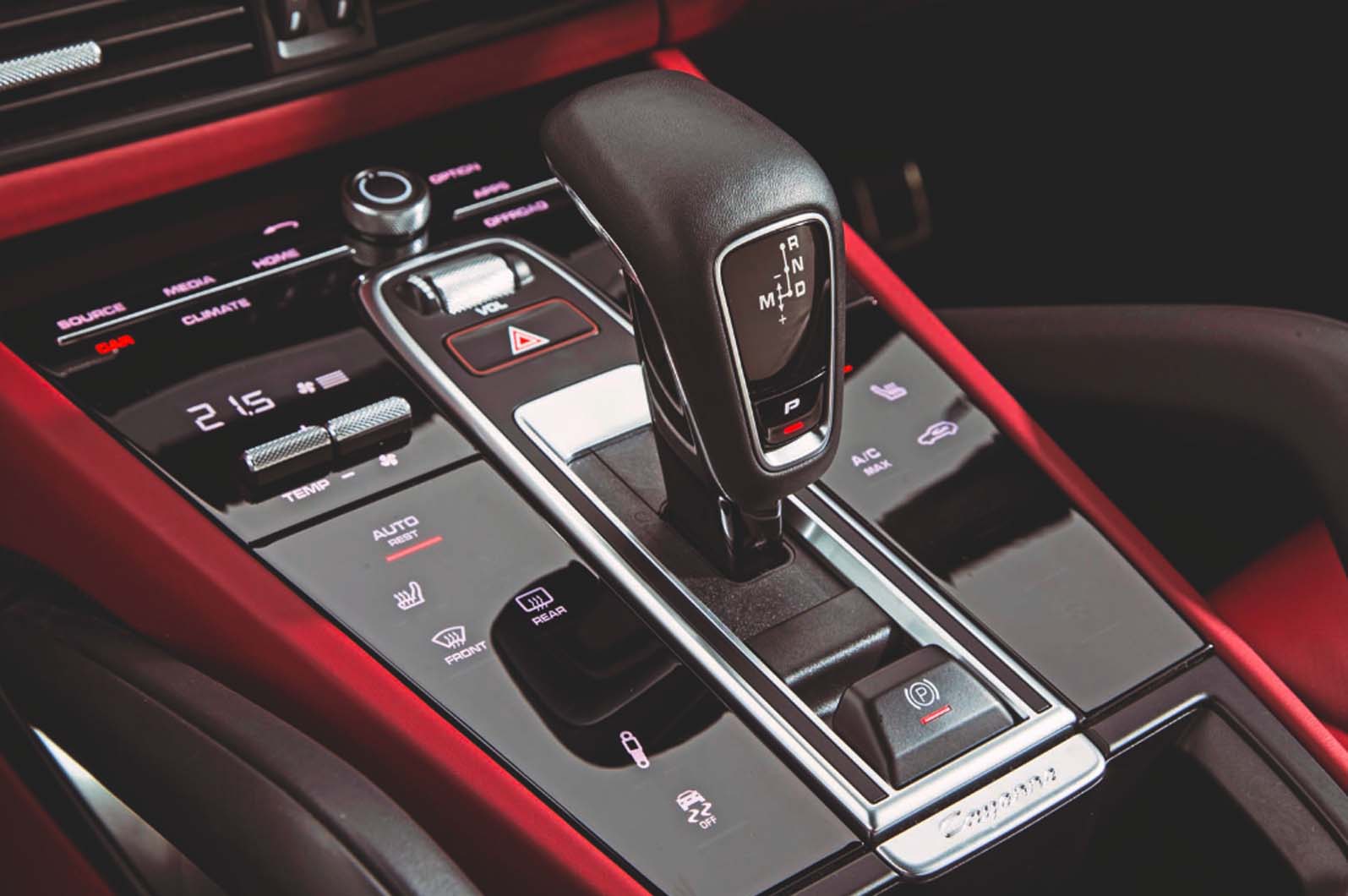
Today, though, the Porsche is almost as easy as it gets. Cabin noise is limited. The ride is compliant and yet pitch and roll are limited. What car would be easier, more secure or more relaxing to thread from one side of the country to another? Honestly, there aren’t very many and some of them would be on the same platform as the Cayenne.
Among them might be some Land Rovers or Range Rovers but not, I might suggest, the Range Rover Sport SVR waiting when I arrive.
That’s not down to its interior. No, the Range Rover Sport has a fine cabin, although in SVR guise you have extravagant plastic-backed front seats, with a leather pattern that looks like the Umbro sportswear badge, foisted upon you. But they’re comfortable, the driving position is more elevated than that of the Porsches and the infotainment system is the one that made its debut on the Range Rover Velar not so long ago. In some areas it’s better than the Porsche but mostly it’s not, and in both cases there are others who do it better. But the funky steering wheel- mounted switches, whose purpose can be modified depending what’s on screen, are very astute. Expect to see lots more of this sort of thing. The reason the SVR is not quite such a relaxing car as the Cayenne, however, becomes evident the second you push its engine start button.
The 5.0-litre V8’s engine note is pure muscle car. In fact, in modern times, when the General Motors V8 is often quite subdued at low revs, it’s more than muscle car. Only AMG or the makers of supercars do it this well – and that’s before you push the exhaust button on the lower of the SVR’s two touchscreens.
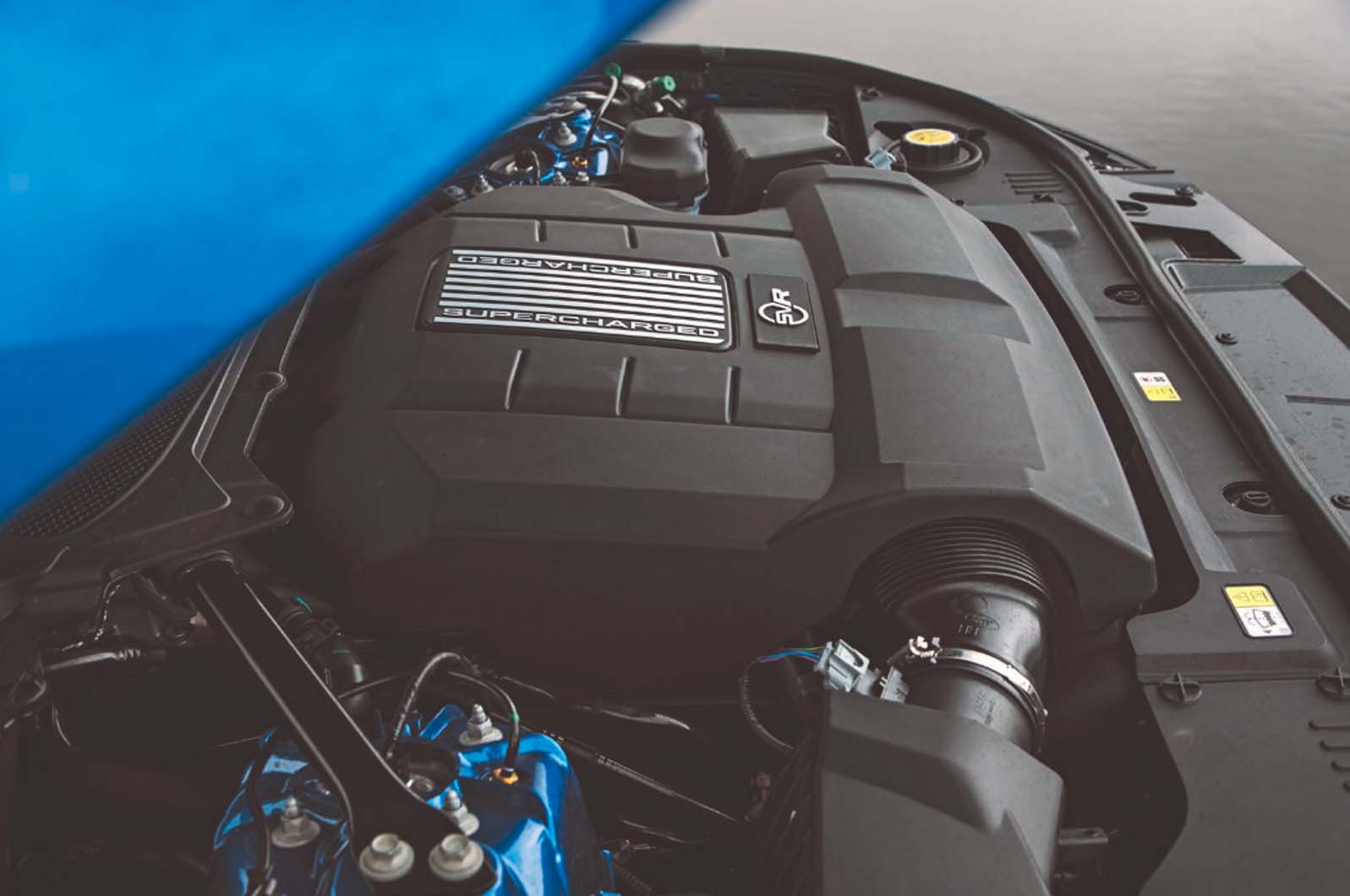
The entire dynamic demeanour of the SVR is rather in tune with its engine note. If there were two car makers you’d choose to sort out the chassis dynamics of cars such as these, I wonder if you’d trust any as much as you’d trust those from JLR and Porsche.
Both cars ride well. With this kind of kerb weight it would be astonishing if they didn’t, but matched to them both is excellent body control, too. If I told you one was very obviously more compliant than the other I’d be fibbing, but in the way they turn things are rather more marked. The Cayenne is, I’ve no doubt, one of the most capable all-round vehicles on the planet.
It retains great levels of grip and composure and is an unflustered way to travel from one end of a poorly surfaced, cambered, twisting hill road to another – and likely one of the fastest across such a road.
The Range Rover Sport is too, although it manages to do much the same with even more dynamism. True, at 4879mm along its length the SVR is slightly shorter as the Cayenne while being the same width across the body, but the additional claimed weight (which Land Rovers tend to exceed when we put them on our own scales) should mean that the Range Rover is less nimble.
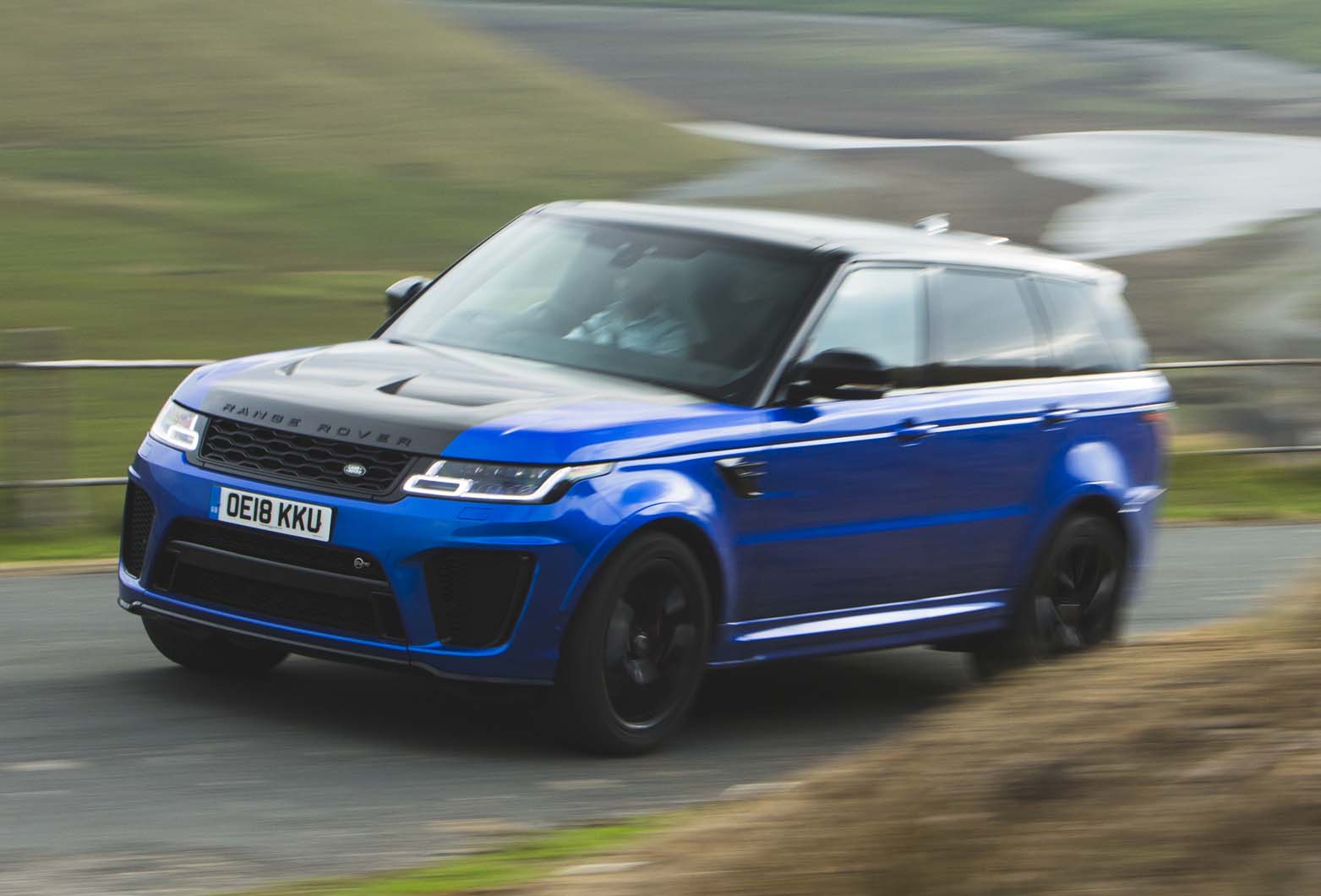
And yet not a bit of it. Turn the wheel and there’s immediately more enthusiasm for a corner, and it feels like it’s pivoting somewhere between the front seats, in a similar way to that of a Ford Fiesta ST, albeit a 2.3-tonne, 1803mm-tall Fiesta ST with an 850mm wade depth. If anything, its body control is better than that of the Porsche, too. On my test route there’s a well-sighted but harsh humpback bridge over which the Porsche feels like it runs out of suspension travel and lifts a wheel from the ground. At the same speed, the SVR glides up and floats down.
Its soundtrack, meanwhile, is hilarious. Actually it’s a bit much, sometimes; even when left in Drive while pootling around it’s threatening in a way that the Porsche simply isn’t. But select a slightly sportier mode and you might as well be hosting a Napoleonic war re-enactment in the boot every time you back off the throttle.
A giggle? Yes. Tiresome? Possibly. But ultimately it’s what sets these two apart. In terms of performance and capability there’s nothing in it: they’re closely priced, closely sized, similarly equipped and have similarly vast, near-1700-litre, boots. The Porsche has an economy and rear leg room advantage but that’s about it. Either is supremely capable at the job it was designed for.
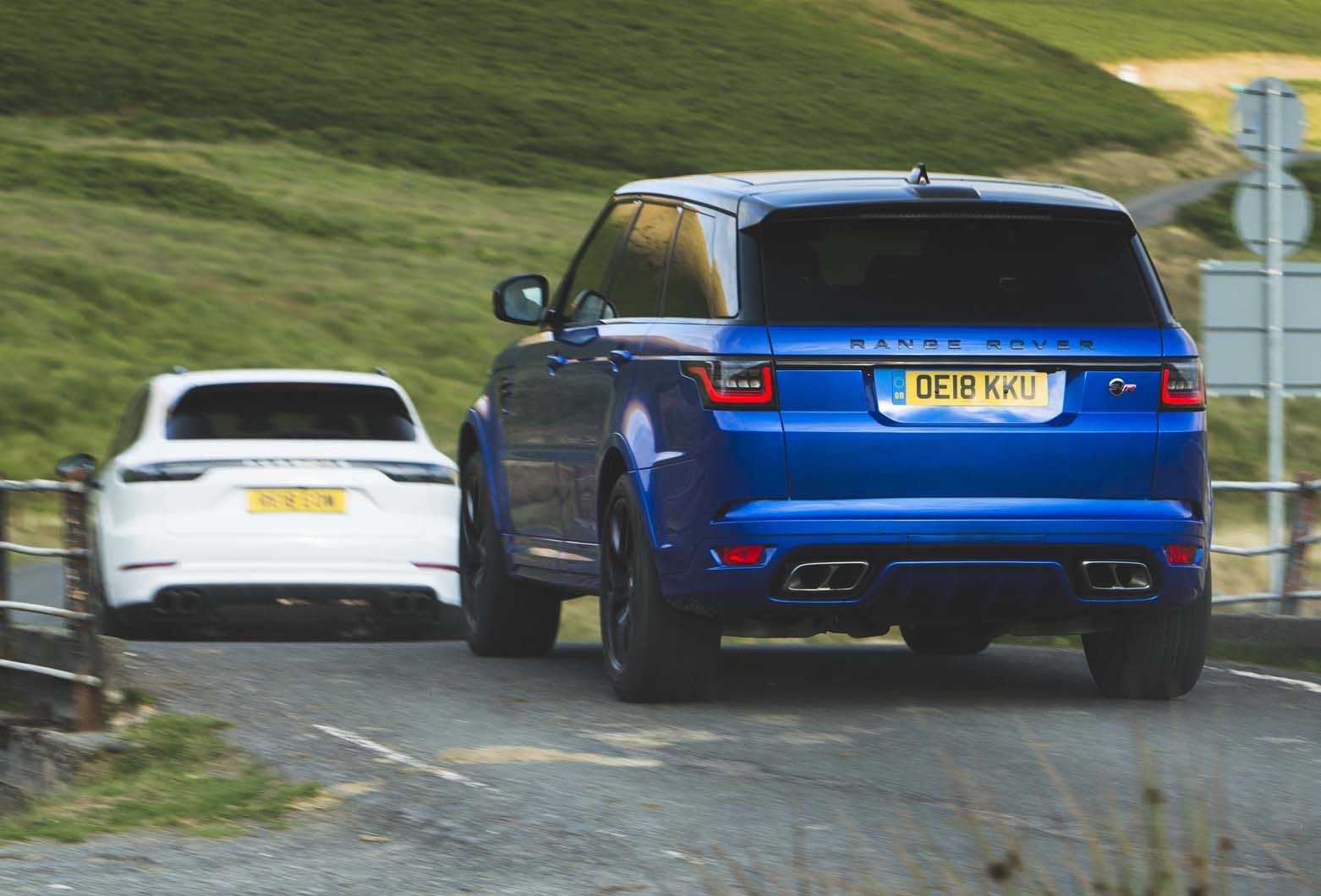
The only difference, then, is how flamboyantly you want to do it. If you pick the Porsche, know that you have the more refined, easily as capable, more rounded and perhaps the ‘better’ product. But envy the Range Rover Sport SVR driver every time they give a burst of throttle, lift off again and then arrive at a corner.
1st - Land Rover’s wild child. Brilliantly comfortable and capable and engages like no other.
2nd - Porsche’s flagship SUV is restrained and smooth everywhere the SVR is not. A more subtle way to do the same job.
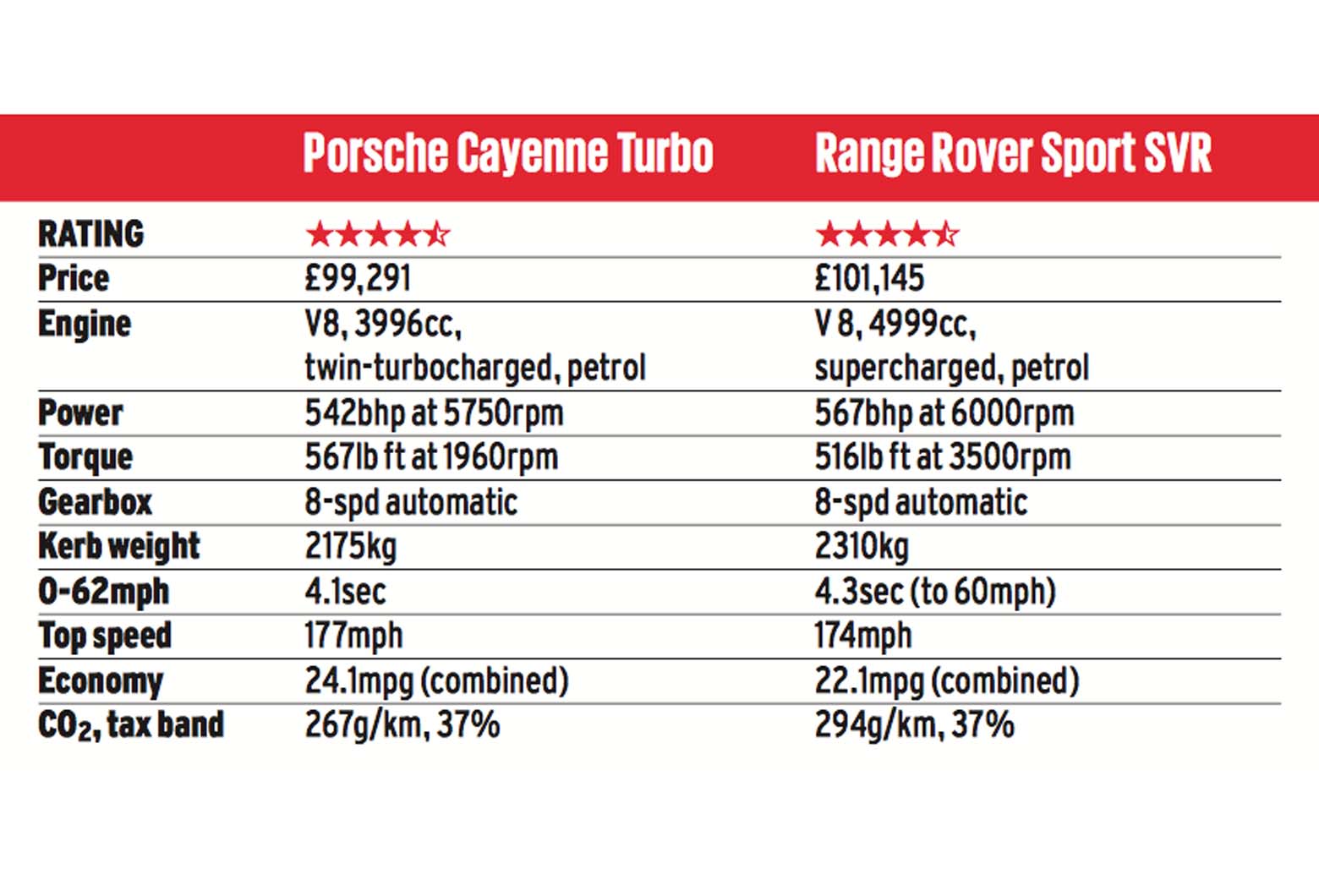
The depreciators: buying a used super-SUV
PORSCHE CAYENNE TURBO Price from £10,000 - The ugly first-gen Cayenne Turbo was the first truly high-performance SUV. These originals’ complexity and thirst means they’re cheap now, though; you can get a 2003 car with 90,000 miles for less than £10,000.
MERCEDES-AMG ML63 Price from £15,000 - AMG breathed on the M-Class in 2006, resulting in this. With 503hp from a naturally aspirated 6.2 V8, it was more of a muscle car than the Cayenne Turbo and had a cataclysmic soundtrack. Buy a 2007 car with 70,000 miles on the clock for £15,000.
BMW X5 M Price from £20,000 - The 547bhp X5 M should have dominated the class but its twin-turbo V8 didn’t feel as special as an M car’s should and the handling was no match Stuttgart’s finest. Still, today a 2009 example will cost £20,000, which is reasonable for a car this potent.
RANGE ROVER SPORT SVR Price from £69,000 - Three-year-old Sport SVR values haven’t exactly crashed, so you’ll need £69k to get into a 2015 car with 17,000 miles. Still, there’s nothing quite like it out there, which means some will feel the high price is worth it.
Audi SQ7 Price from £64,000 - The relatively recent SQ7’s big biturbo diesel is down on power with just 428bhp, but its 663lb ft is a force to be reckoned with, plus it drives and corners astonishingly well. Around £64,000 gets you a two-year-old example with just a few thousand miles.
Read more
All-new Range Rover to hunt down Bentley and Rolls Royce from 2021



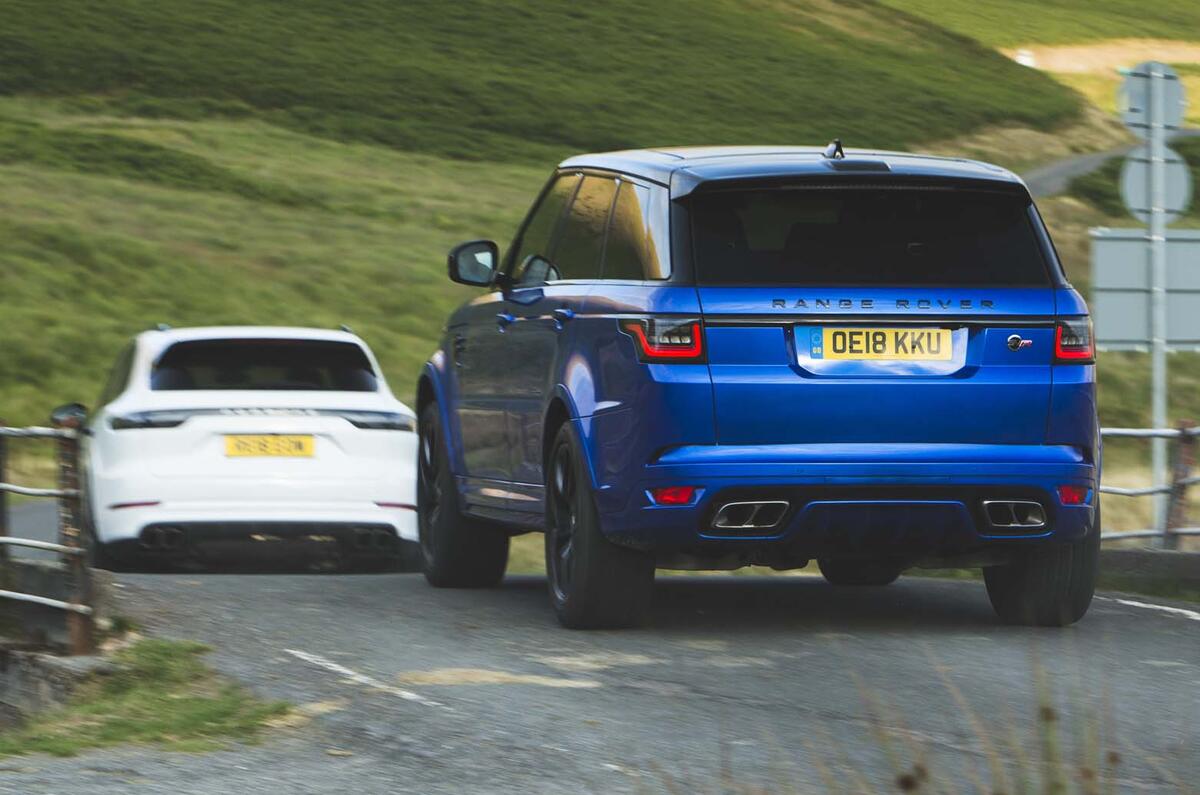
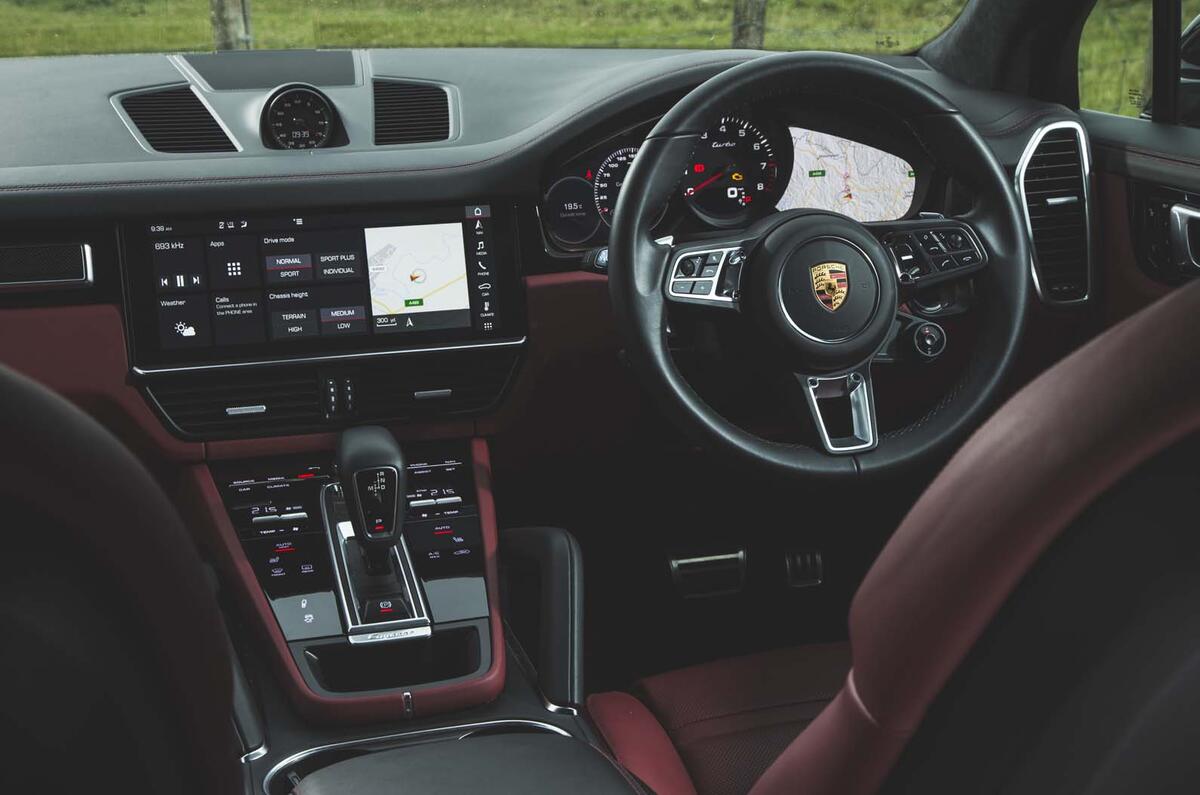

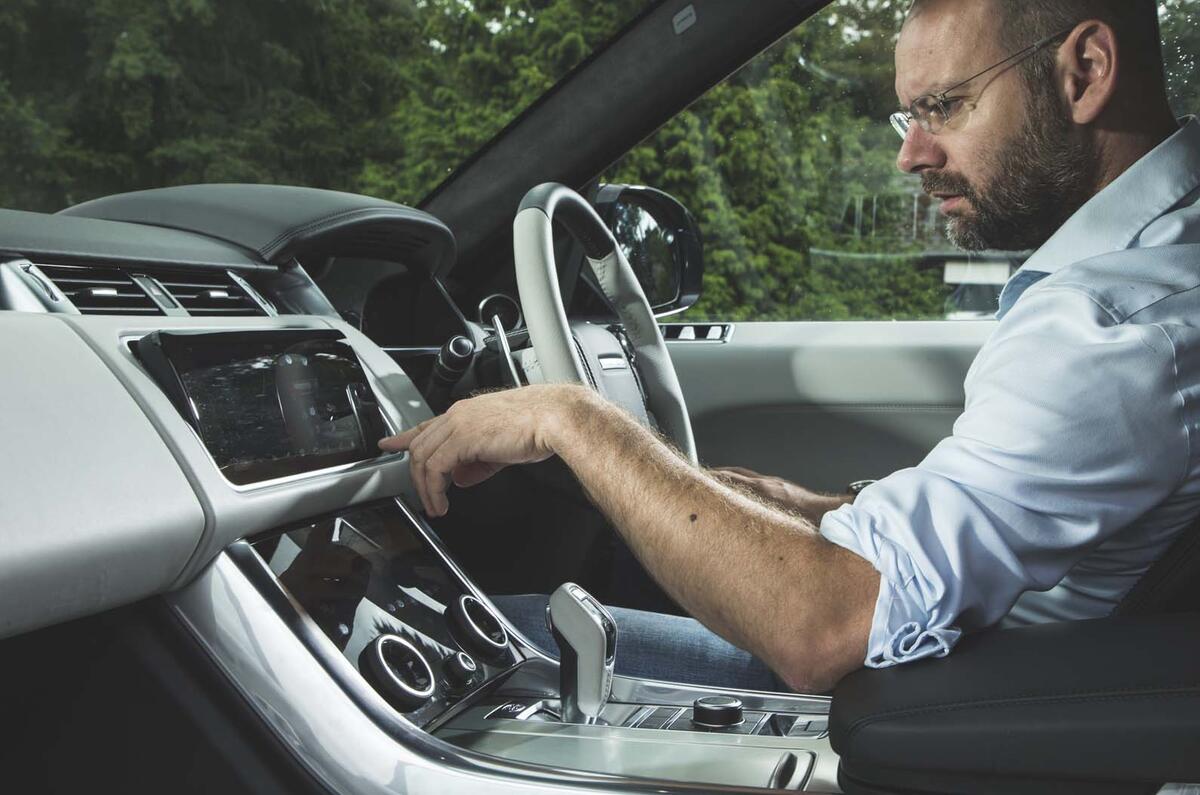
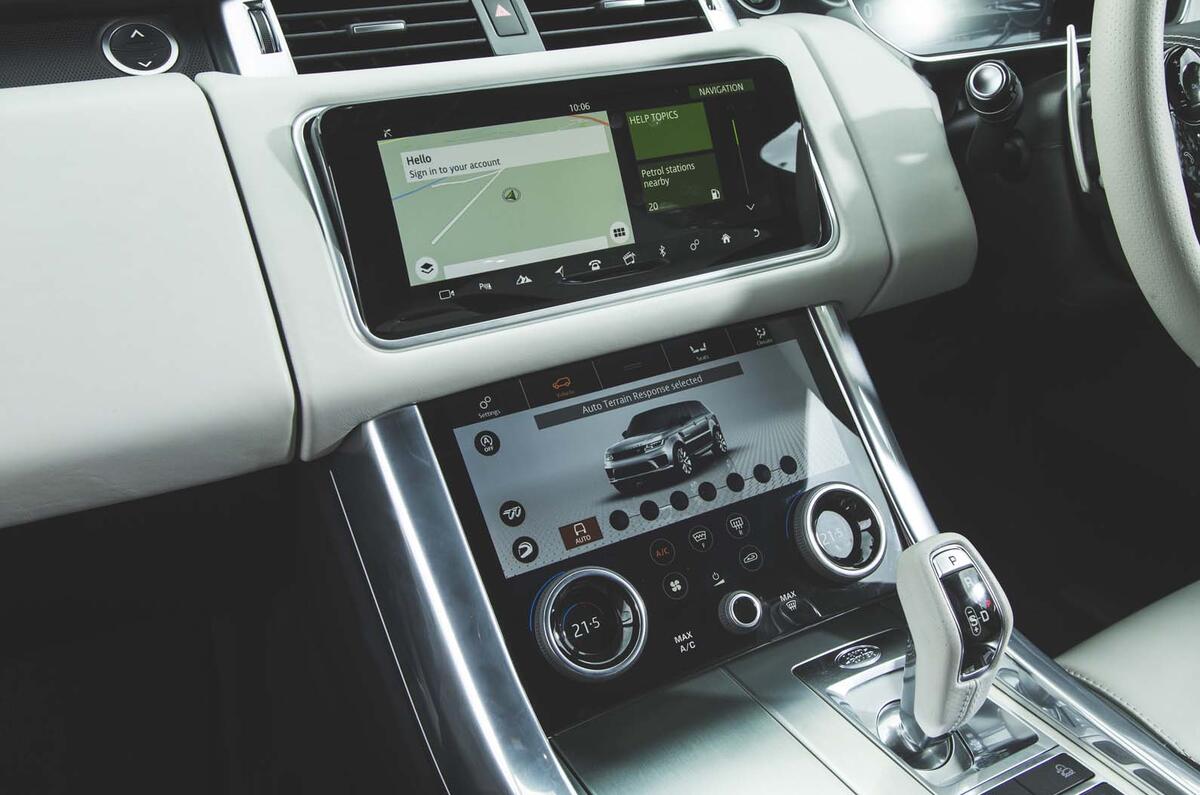
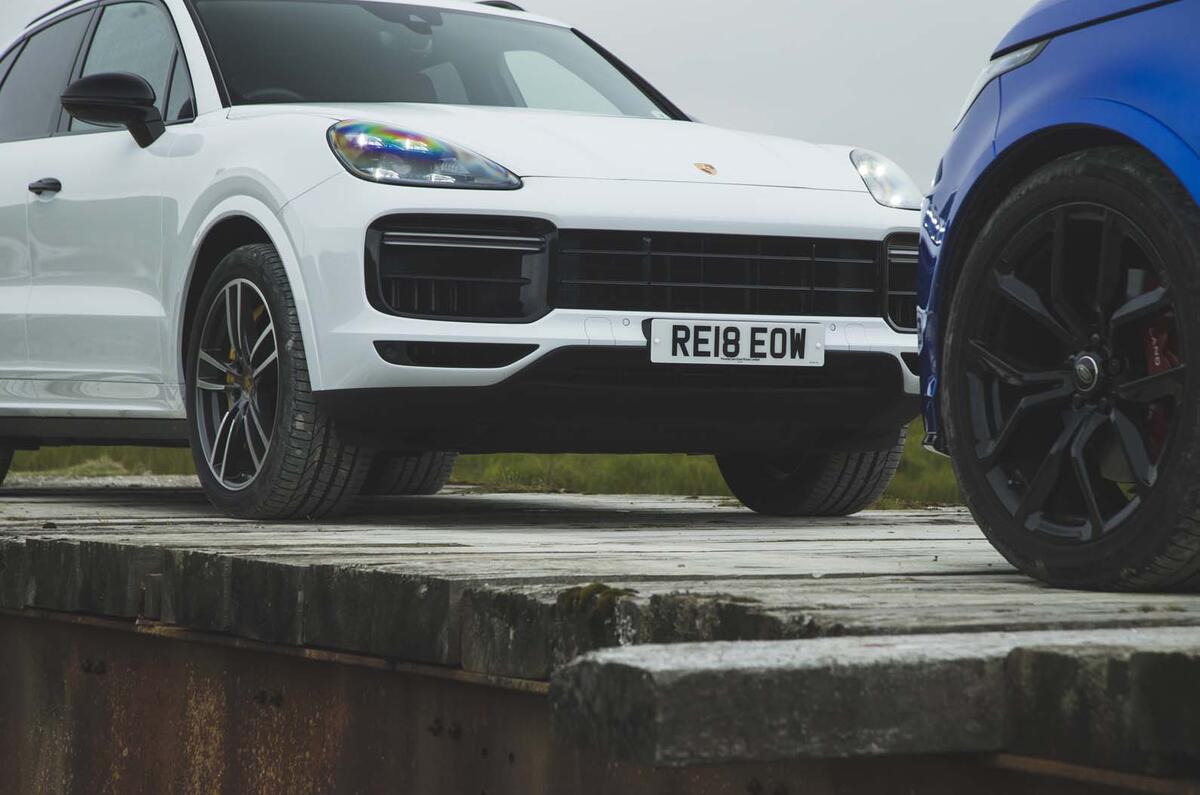
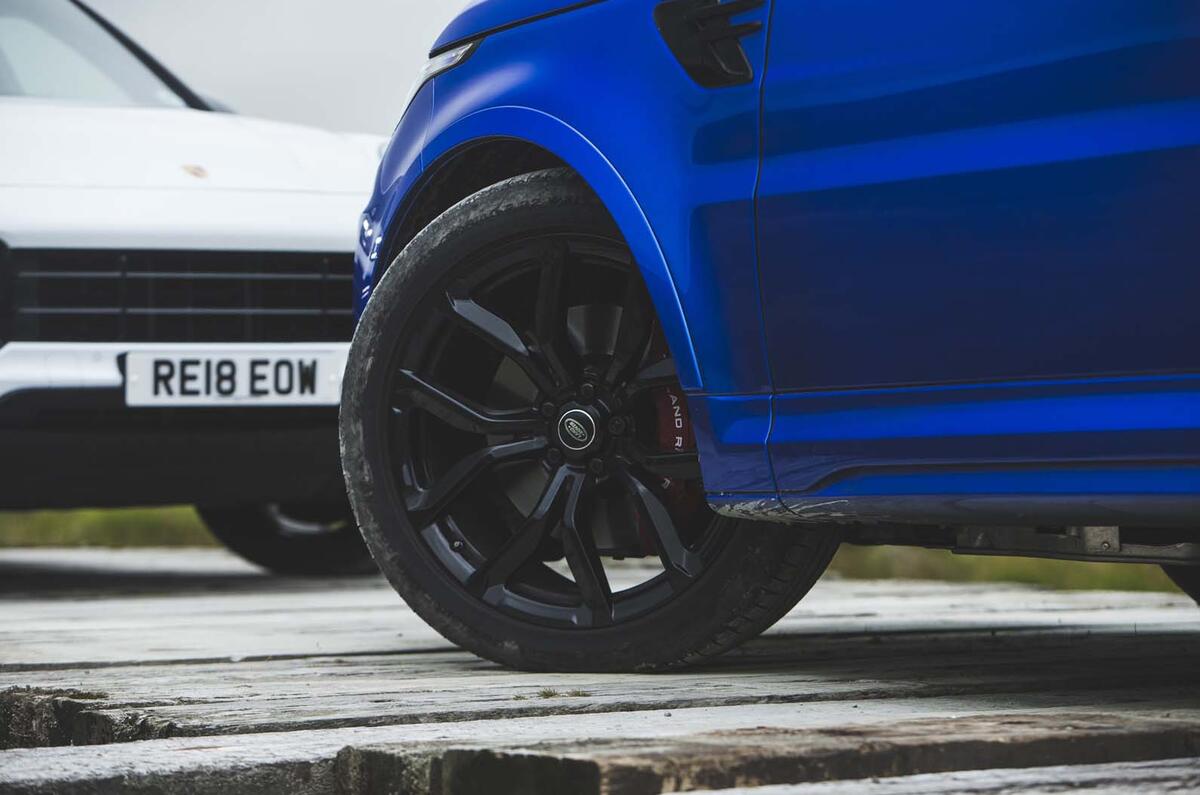
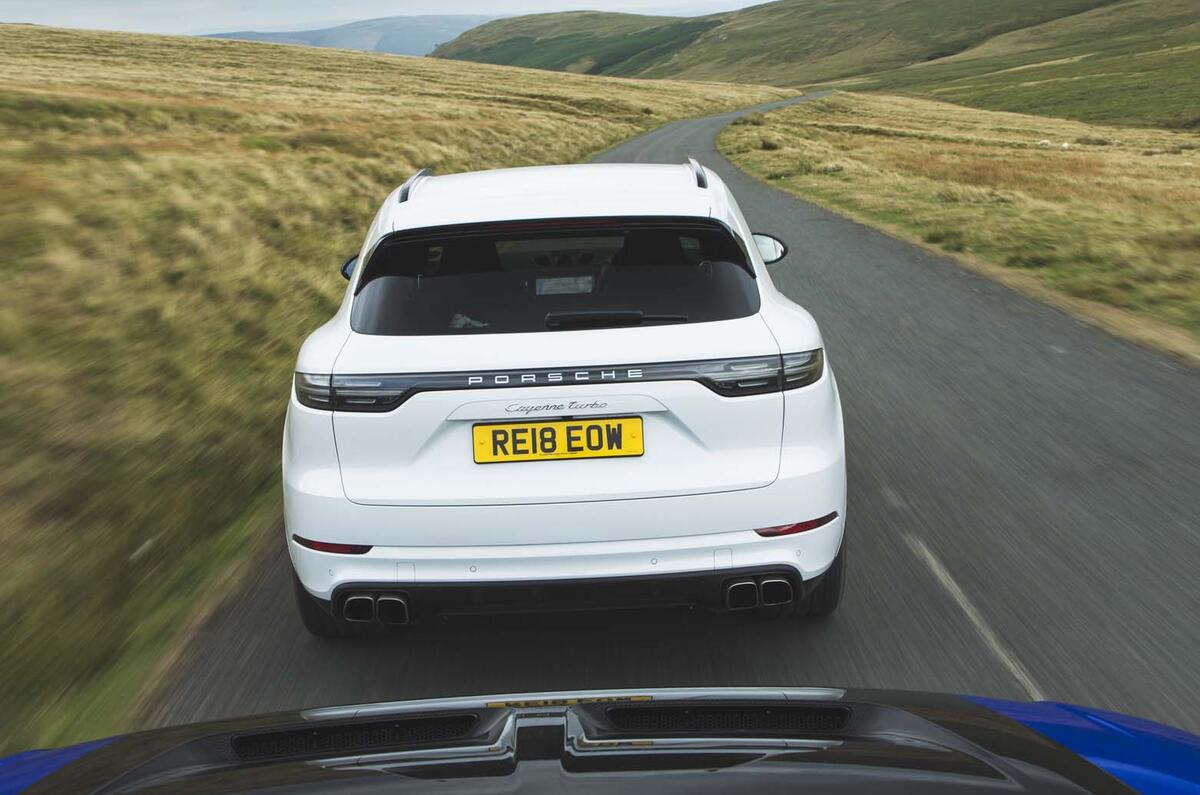
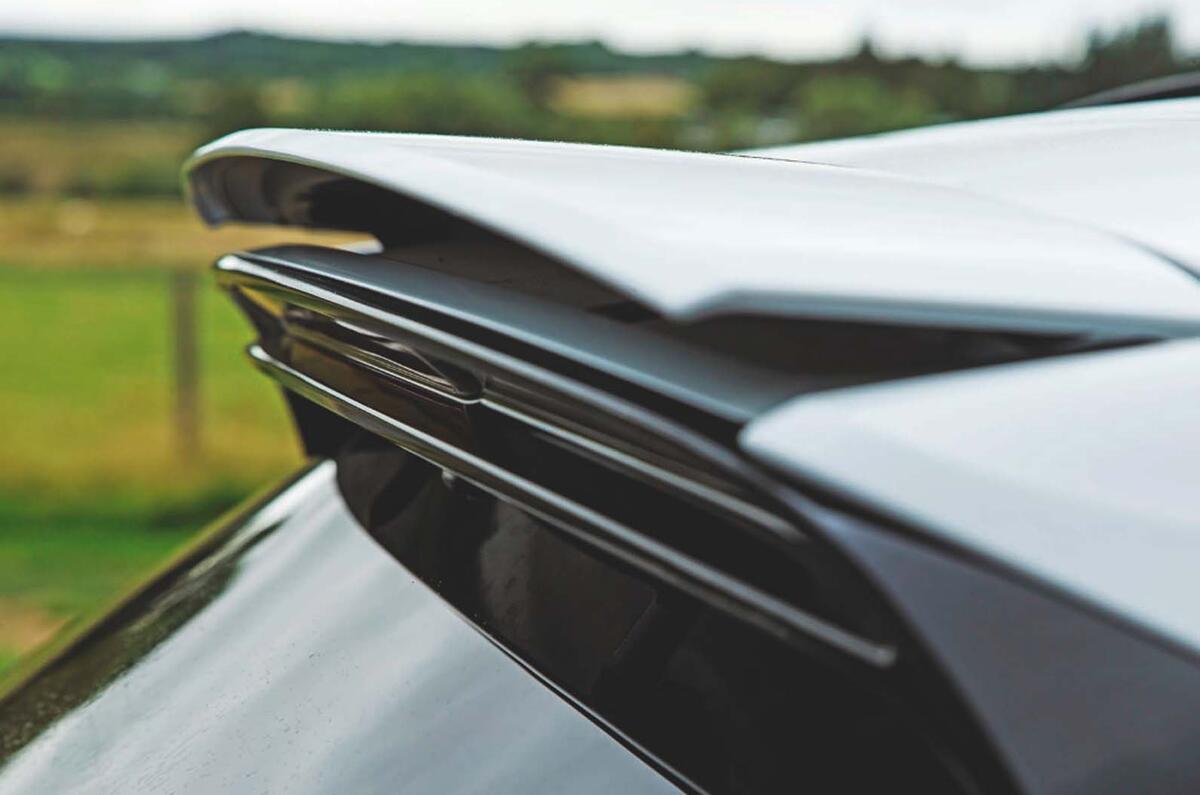
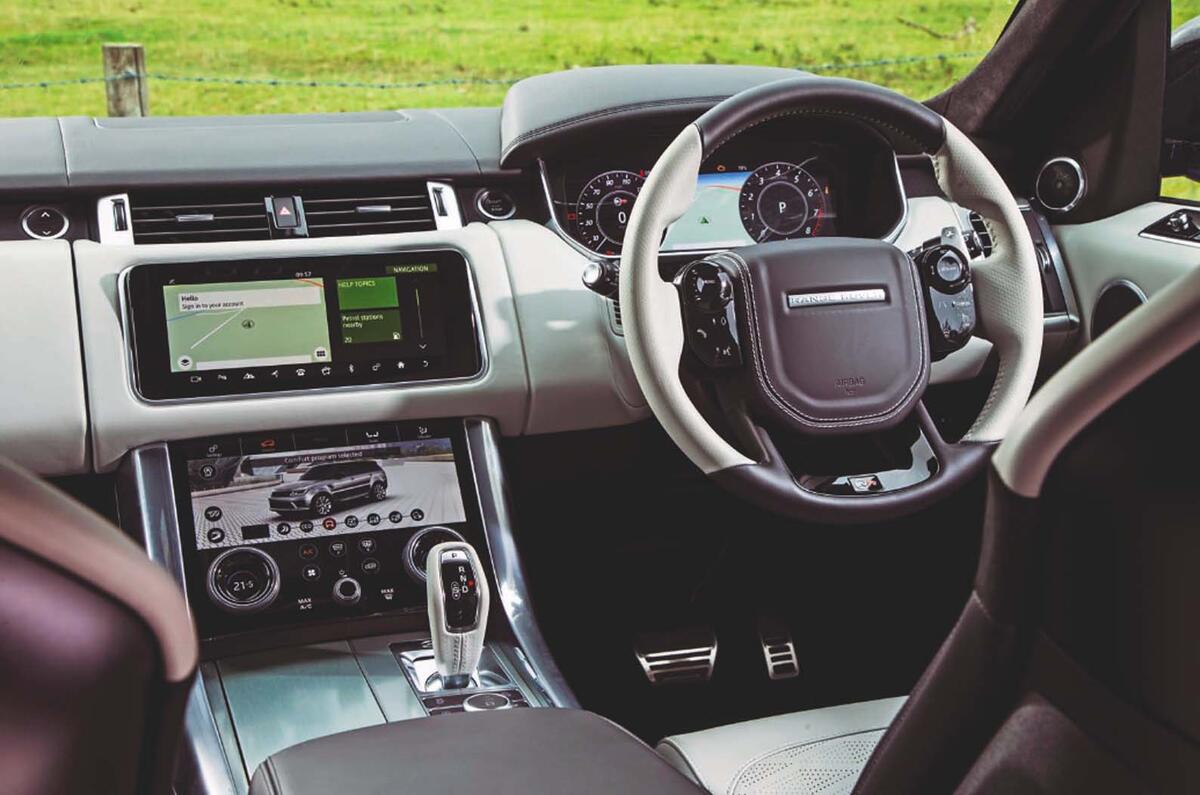
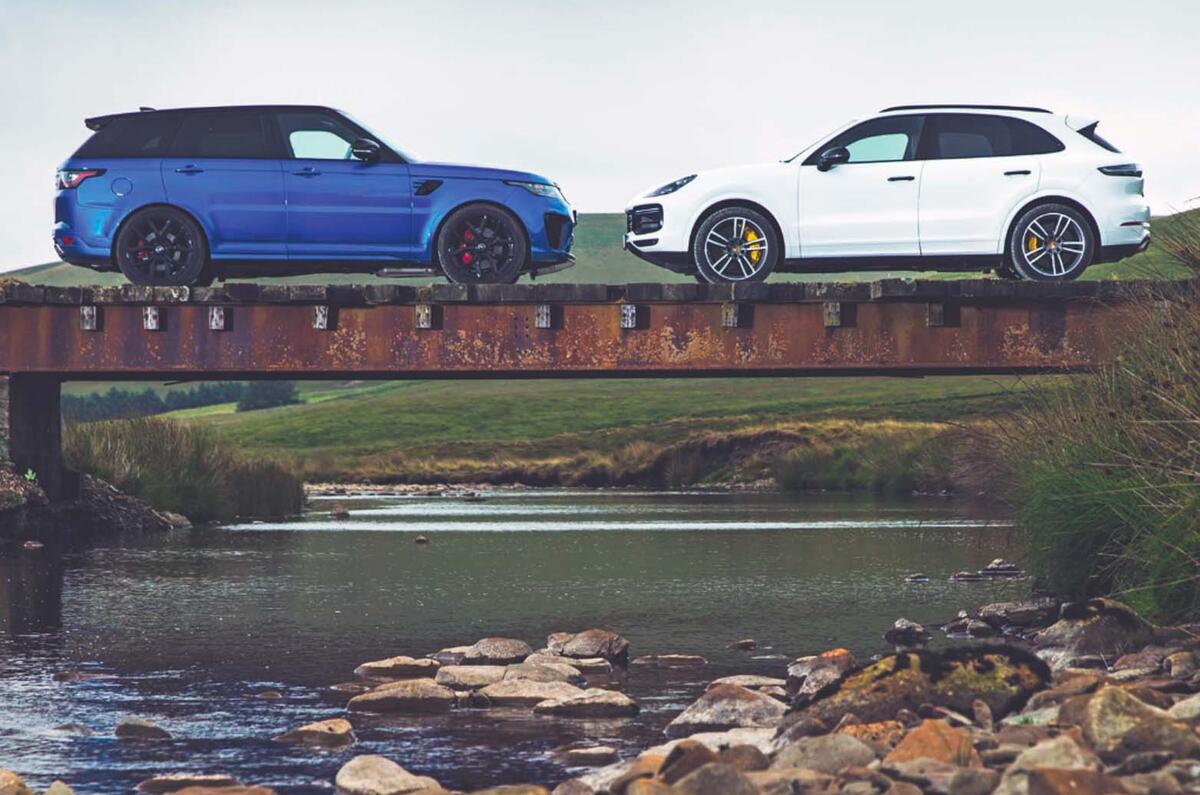
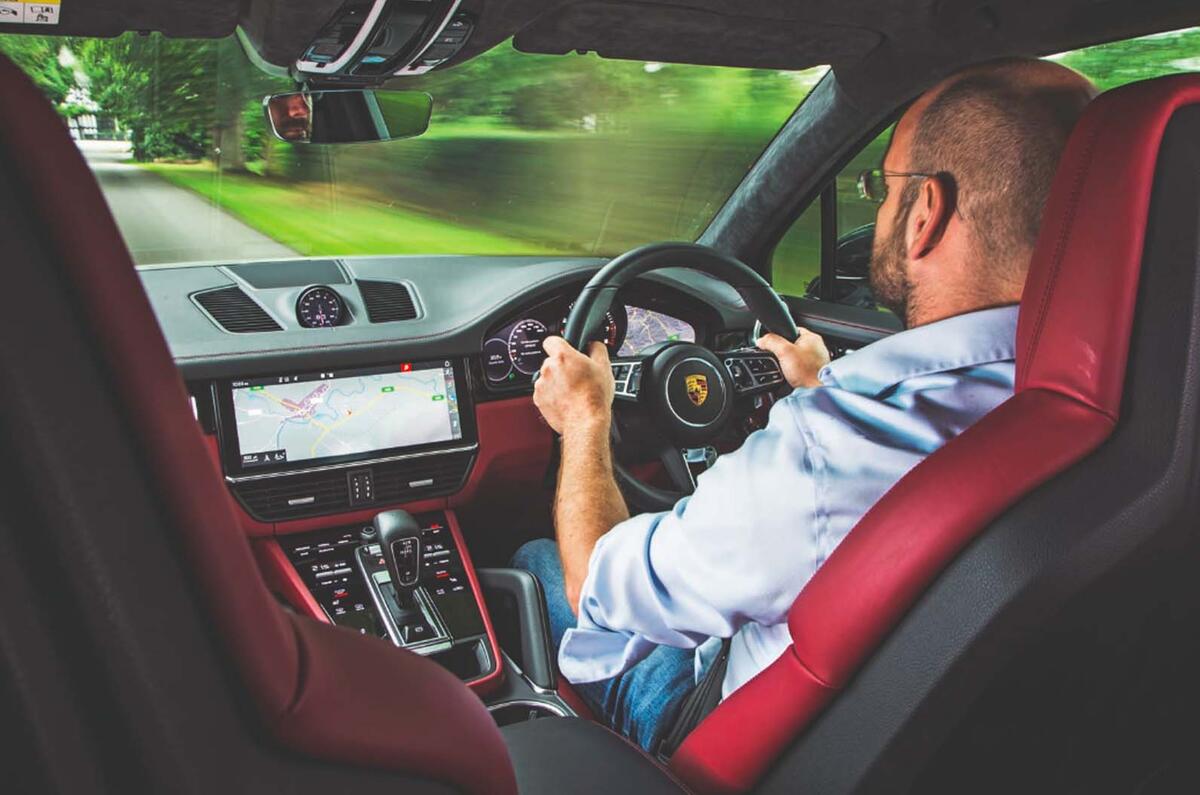
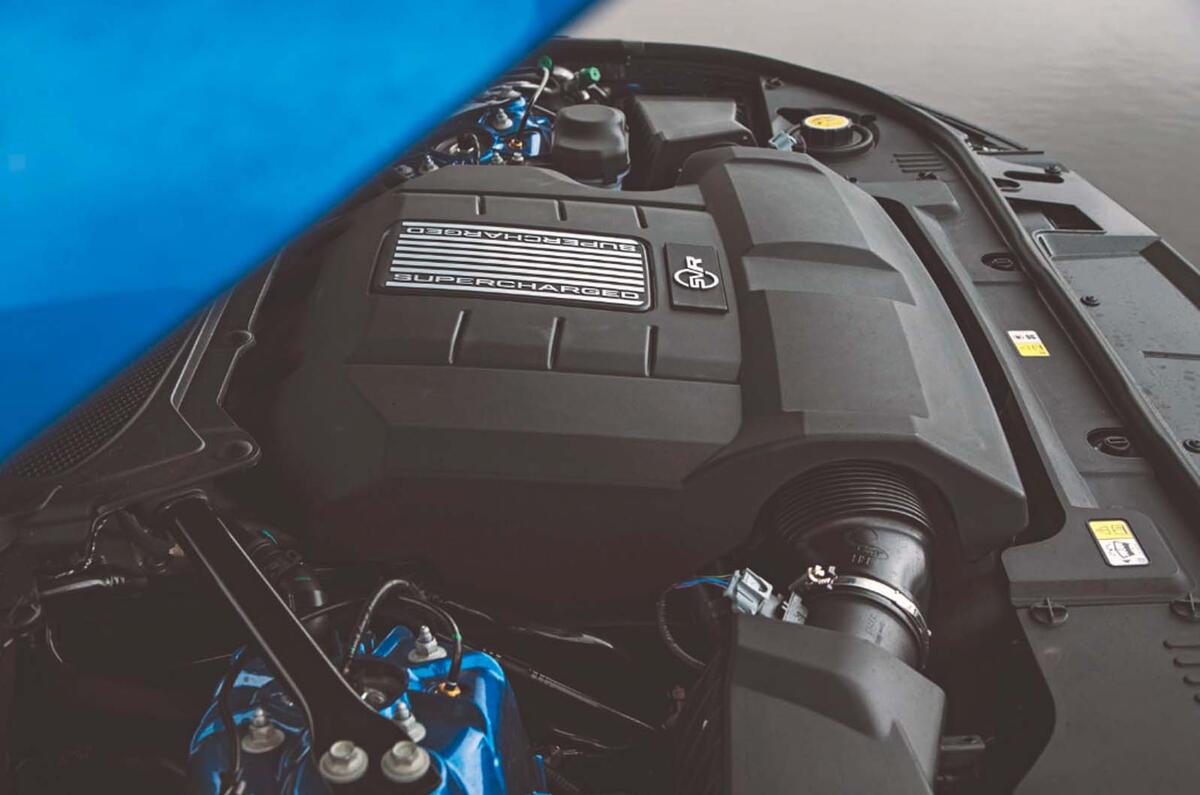
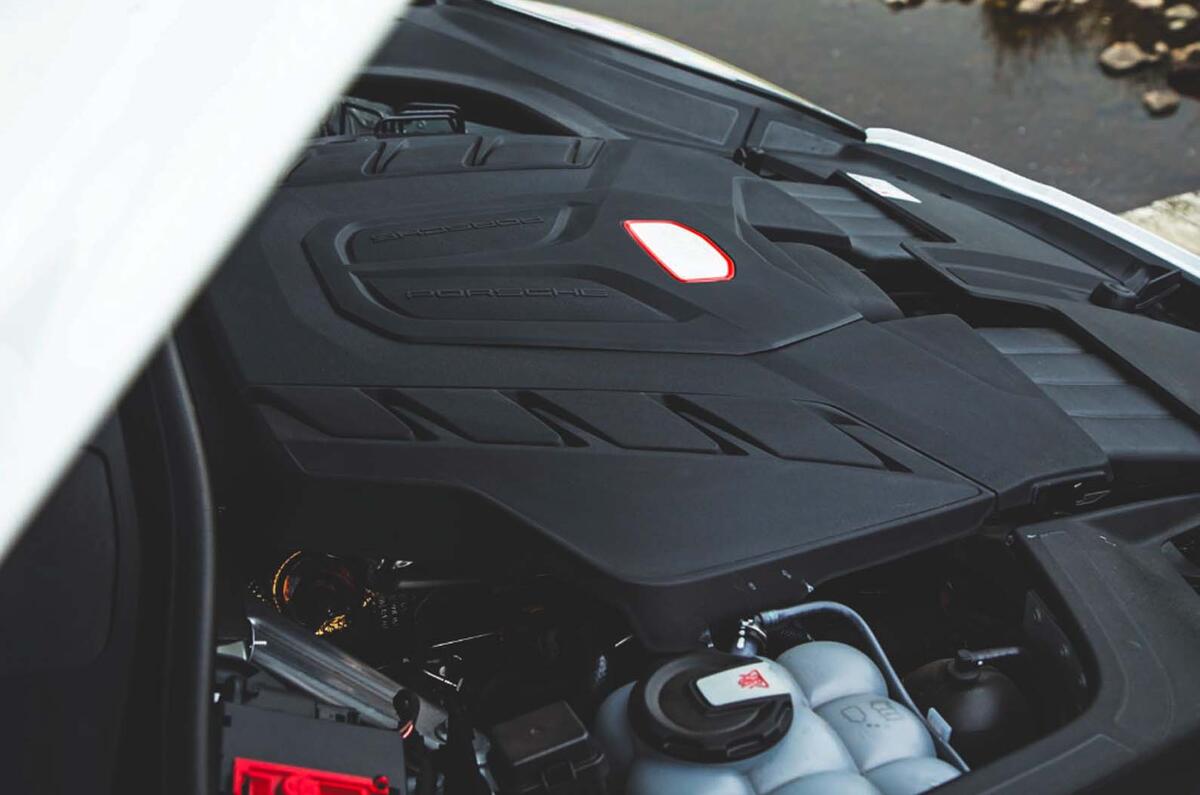
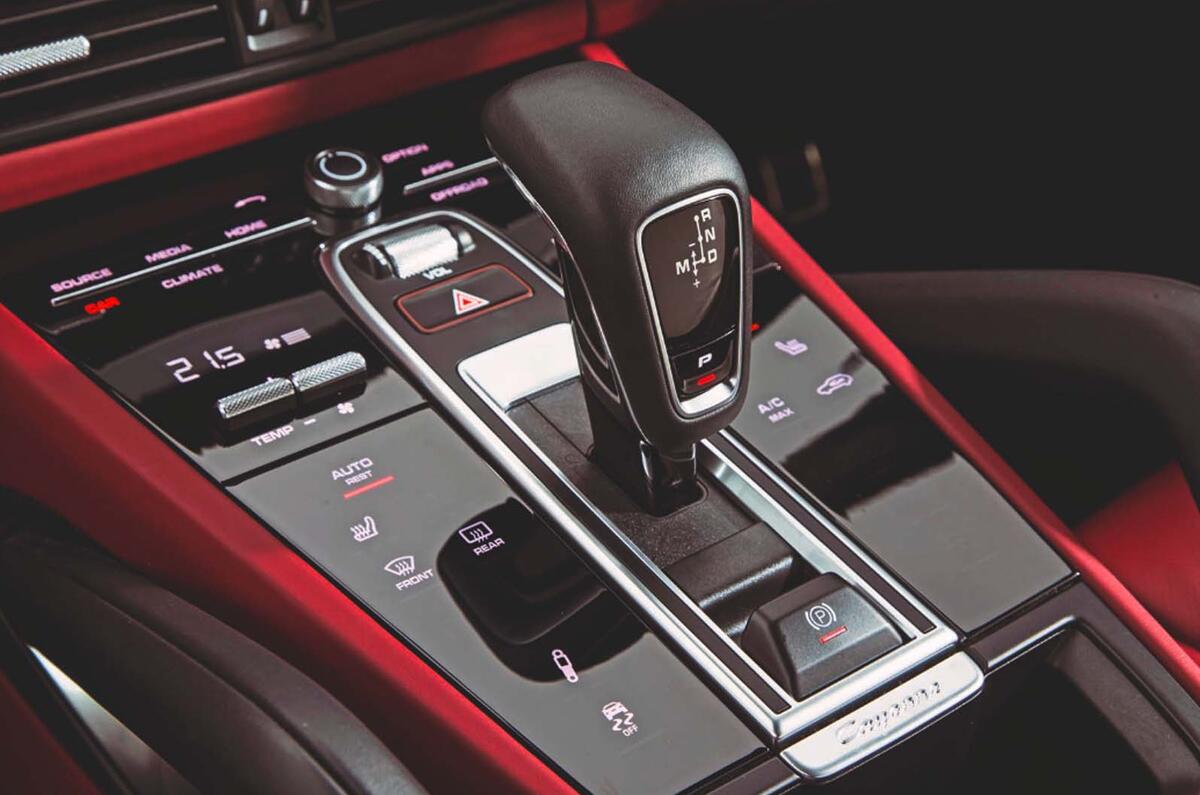
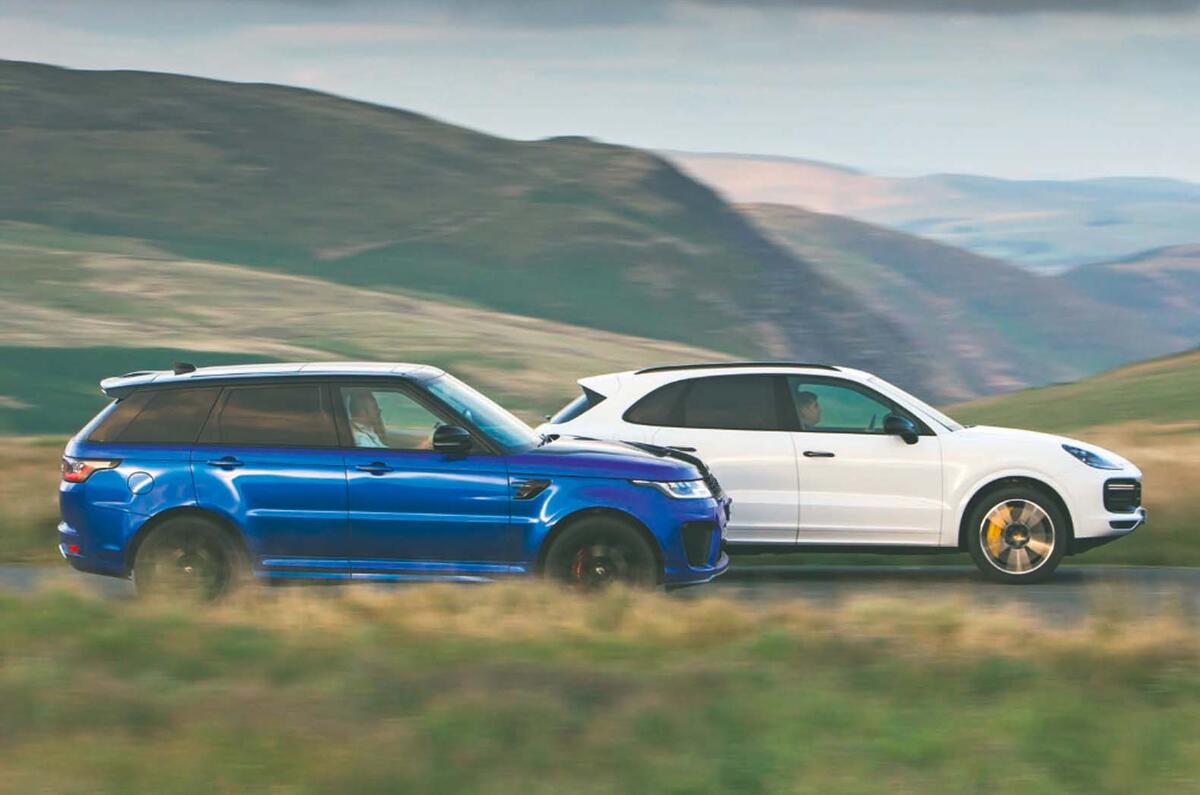
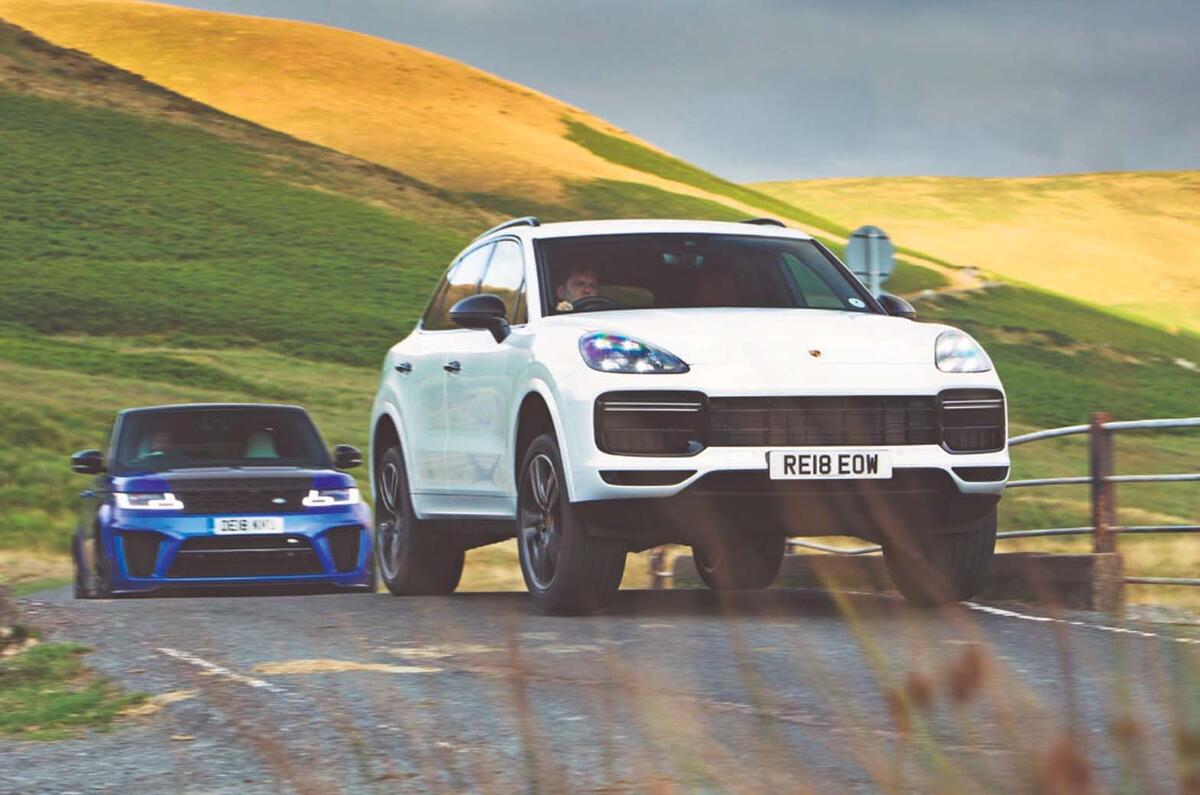
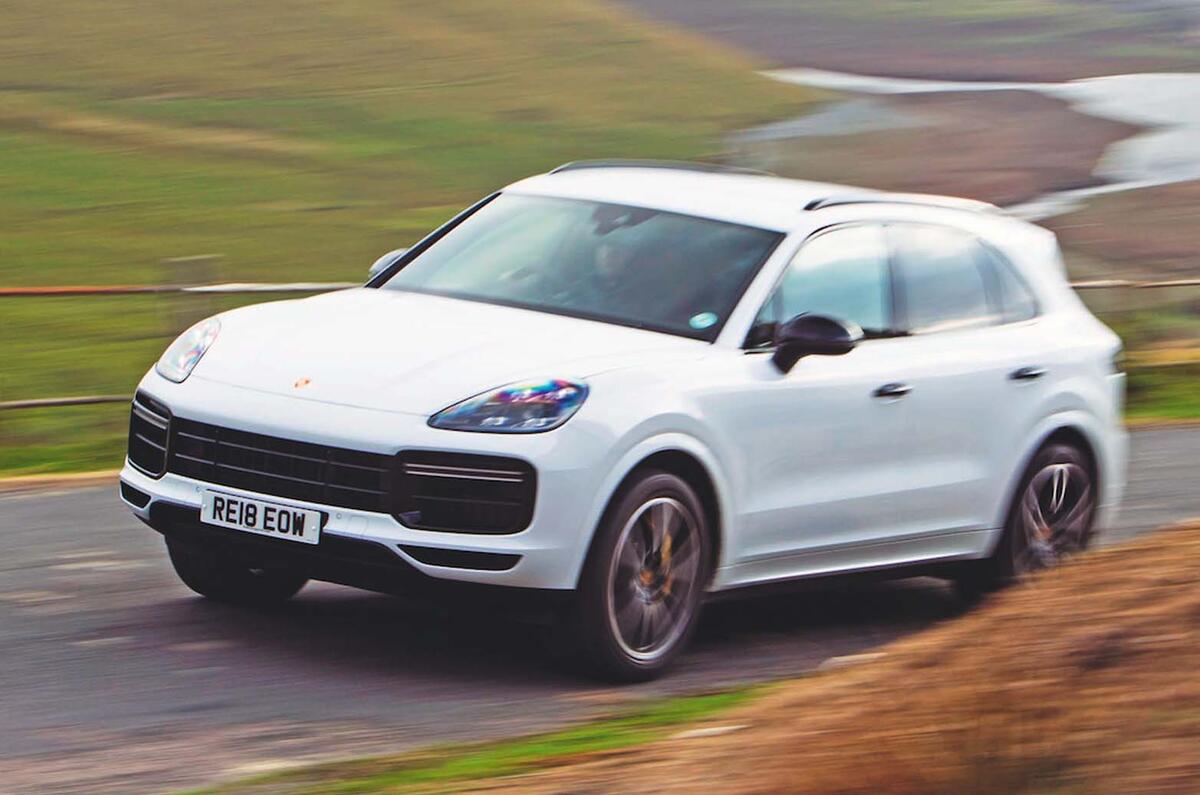
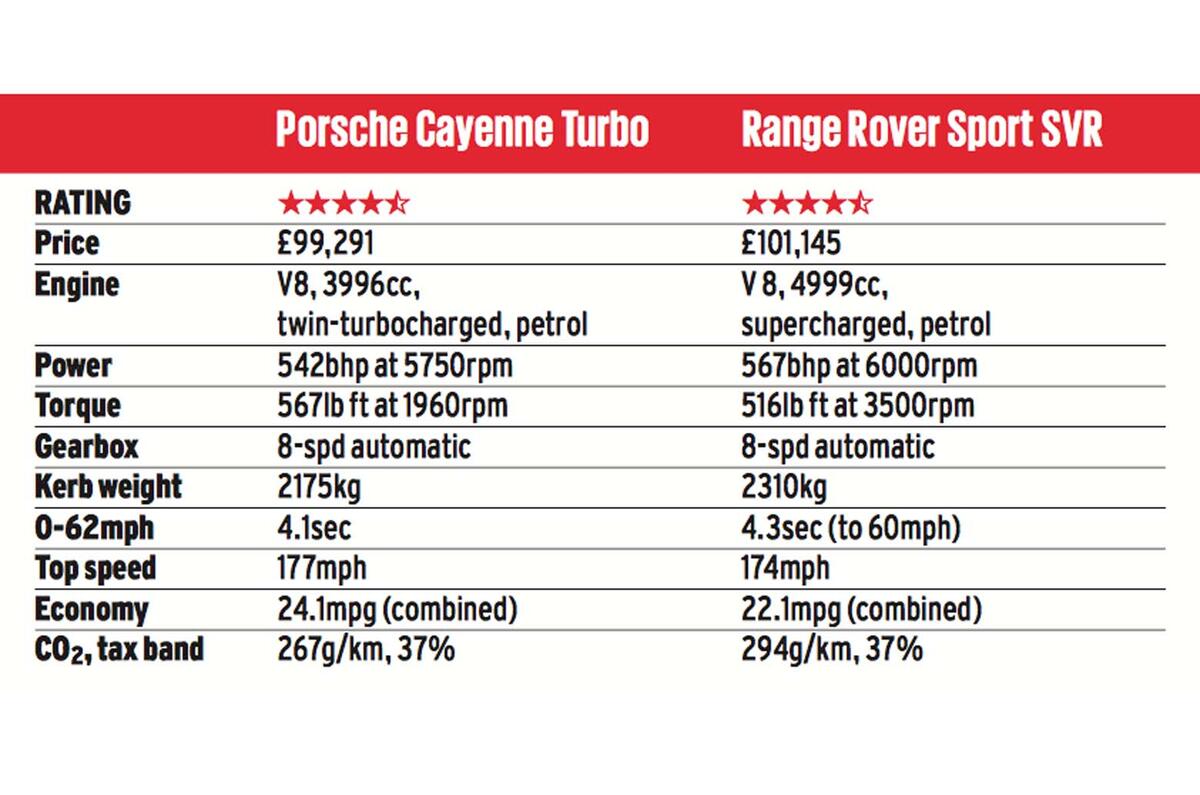



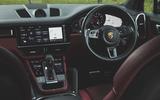
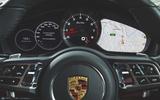

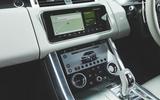


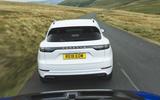

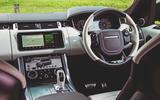

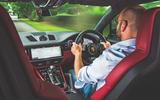
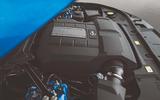
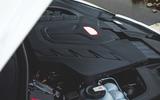
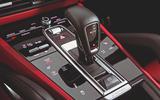



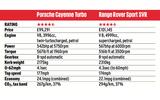





Join the debate
Add your comment
"The Cayenne is new. It’s
What about the Skoda? Isn't that based on the same platform? Just because it's cheap as chips does not mean, the poor relation should not even warrant a mention.
Choices choices choices
Of course by rights you should chuck in a Massa and the other disguised VW Lambo, but, if you insist, I'll take the Porsche. Why? Name alone, bullet proof reliability, its more genteel than the boy racer image and at that price a gentleman doesnt need to make the world hear he arrived
Not enough screens in the LR,
Not enough screens in the LR, I m sure they could squeeze at least 2 more in there somewhere.